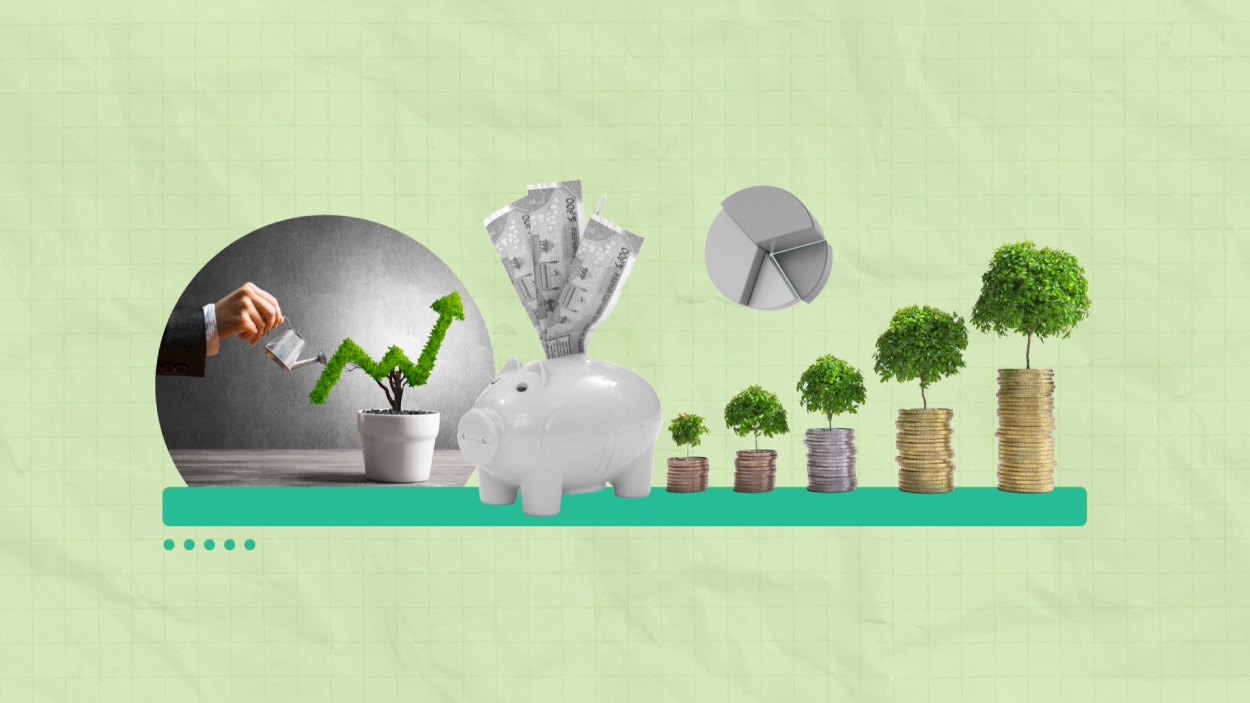So you’ve decided to put some of your monthly earnings to work. You are all set to put your hard-earned money in the best investment option. But do you have a plan for dealing with it? Investing money online and earning a monthly income from it necessitates extensive research and perseverance. This article was written to help first-time investors who want to set aside a portion of their monthly earnings for investment opportunities.
How Much Of Your Salary Should You Invest?
Your income should be divided into three categories: living expenses, savings for emergencies (emergency fund), and long-term investments. If you have health insurance and own your own home where you do not have to pay rent, you should have a six-month emergency fund set aside.
However, if you must pay rent and live in a high-cost-of-living area, it is recommended that you save up at least one year’s worth of emergency expenses. After you’ve established an emergency fund, you can begin investing a portion of your salary in investments such as peer-to-peer investing.
Ideally, financial experts recommend that at least 30% of your monthly salary be invested. This ensures that your wealth grows steadily over time and that you have a sizable corpus by the time you retire. However, mutual funds are just one type of investment among many, and for the sake of diversification, you should invest no more than 50%-60% of your total savings/investments in mutual funds. However, the final decision on how much to invest in mutual funds is in your hands. Another thing to keep in mind is that as your income grows, you should try to keep your expenses consistent and not let them spiral out of control. This will allow you to devote a larger portion of your income to investments such as peer-to-peer investing over time, far exceeding the recommended 30%.
Factors to consider while investing your salary
Budget
Budgeting and understanding your short, medium, and long term financial goals are critical for investing. When you invest according to your goals and budget, you can live a comfortable life. After deducting your expenses, emergency savings, and other liabilities, you should invest 20% of your income.
Compounding and time
Compounding is the concept of increasing the value of your money through investment. The longer the money is left in the market, the more it grows.
Inflation
Inflation is the gradual loss of money’s purchasing power. While compounding helps your money grow over time, inflation devalues it. The rate at which your money grows in relation to inflation determines the rate at which you accumulate wealth.
Risk
Investing is always fraught with danger. When the risk associated with an investment can outperform inflation, it is considered viable. A bank deposit, for example, is the safest type of investment, but it is not inflation-adjusted. Equity investments, on the other hand, are thought to be riskier.
Where to invest
Peer to Peer investing
Peer to peer lending is becoming an increasingly popular investment option for salaried people. It offers a basic investment option that is easy to understand and execute.
Monexo is a leading platform in the peer to peer lending space. It provides investors with access to high-yielding investments, with competitive terms and conditions. The platform allows investors to diversify their portfolio across different asset classes, such as real estate, stocks, bonds and more.
Peer to peer lending offers investors an opportunity to earn higher returns than traditional investments like fixed deposits or mutual funds. It also offers borrowers access to credit at lower interest rates than what banks typically offer. All in all, it provides a win-win situation for both lenders and borrowers alike.
Mutual funds
When you have a small corpus, mutual funds are one of the most popular options. Individuals should ideally invest according to the 50:30:20 rule, which suggests spending 50% of their income on needs, 30% on wants, and 20% on investments.
Mutual funds invest your money in stocks, bonds, or a mix of asset classes. It is best suited to investors with a long investment horizon.
Equity-linked savings plans
The scheme is best known for providing tax breaks. Section 80c allows investors to claim a tax break of up to Rs 1,50,000. If you earn a higher salary, ELSS schemes can help you save tax while earning higher returns than other types of savings. However, ELSS schemes have a three-year lock-in period.
Employee Provident Fund
When it comes to saving for retirement, an EPF is an excellent investment tool. You can also claim a tax deduction under Section 80c for your contribution to an EPF. Tax exemption on the maturity amount is also available if you meet certain criteria.
Fixed deposits
A fixed deposit is one of the safest investments because it guarantees a return on maturity. Market volatility has no effect on FD returns. As a result, they are ideal for short- and medium-term financial objectives. However, FD returns are not adjusted for inflation.
In a rising tax regime, FDs tend to perform well.
Gold
Investing in precious metals is popular among Indian investors. Aside from traditional gold jewellery, investors can also invest in gold bonds and gold ETFs. Gold returns are correlated with the market, which is the inverse of the equity market. It means that as equity market volatility rises, so does demand for gold.
Conclusion
Although investing, saving, and budgeting may appear to be complicated concepts, they are not. They are key words to remember as you work to secure your future. Have fun with your life! But don’t forget to put money aside from your paycheck in a savings account. Even though it has been said that life is too short to worry about the future, it is always a good idea to be prepared for anything.
Good luck with your investments!




